
Photo: Noppadol Paothong
research
We provide scientific reports, project profiles, technical tools, videos, photos, field guides, and links that tell the story of how cooperative conservation is making a difference for working lands and wildlife across the West.
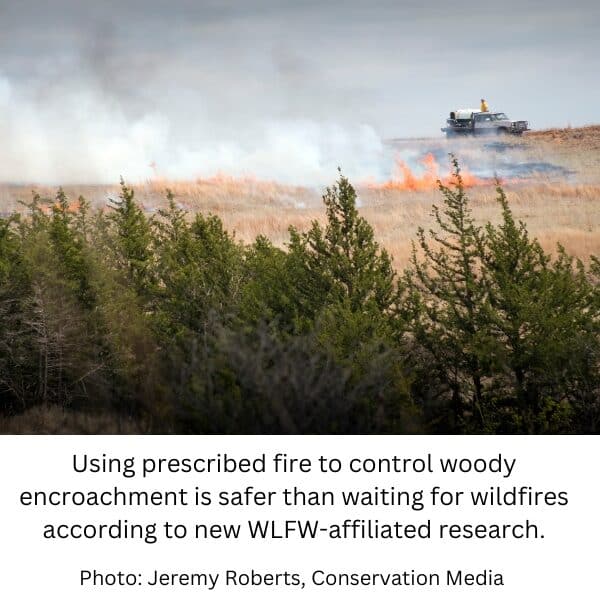
Publication Alert
More woody encroachment means more wildfire risk. Prescribed fire can lower it.
April 12, 2023
WLFW-affiliated research details the risk of increasing wildfire in the Great Plains due to woody encroachment and how prescribed fires help reduce that ...
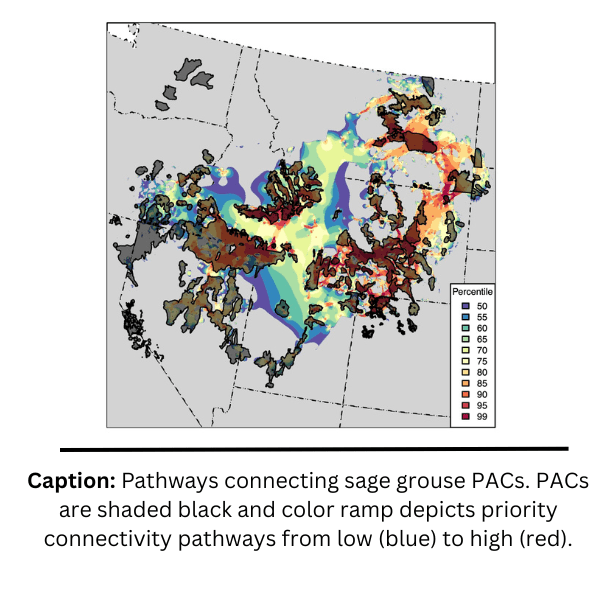
Publication Alert
New science incorporates genetics and connectivity into sage grouse conservation
March 8, 2023
New research adds connectivity to sage grouse conservation strategies, opening new opportunities for conserving travel pathways that facilitate gene flow among sage grouse ...
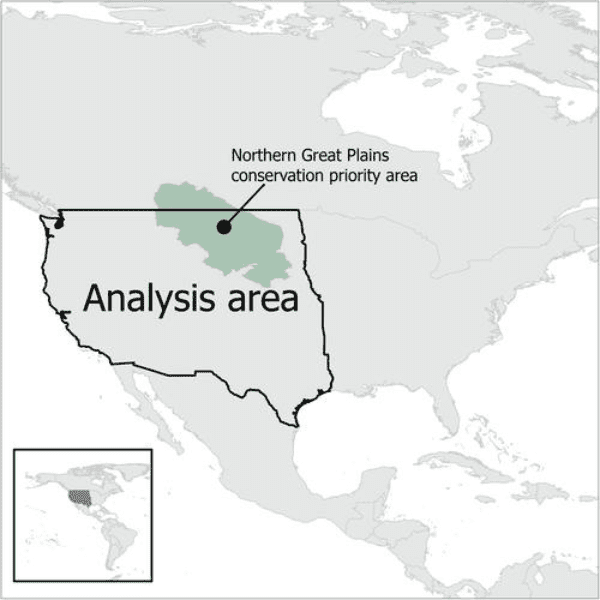
Ask an Expert
Forage Production Lost to Tree Expansion
October 19, 2022
This WLFW-supported research quantifies the economic impacts of lost herbaceous production, one of the many negative effects of woody ...

Publication Alert
Next-gen remote sensing tools level up rangeland conservation
October 12, 2022
New research highlights how remote sensing tools accurately and efficiently detail conservation outcomes on ...
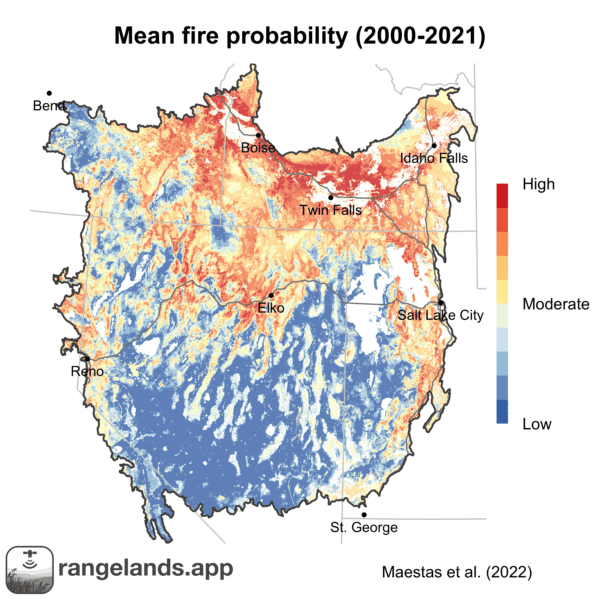
Publication Alert
New tool maps the likelihood of large wildfires in the Great Basin
September 21, 2022
Two new papers highlight how rangeland fires are different from forest fires and how fire-probability research can inform fuels management in ...

Ask an Expert
Getting Ahead of Large Rangeland Fires in the Great Basin
September 20, 2022
Join Joe Smith and Jeremy Maestas for a discussion about new, annual fire-prediction maps for the Great Basin and what they mean for managing for wildfire in ...

Ask an Expert
Dr. Dirac Twidwell: Saving the Last Grasslands
June 27, 2022
WLFW science advisor Dr. Dirac Twidwell discusses how the NRCS and partners are working to save the last grasslands in the U.S. and how new science and technology is informing ...
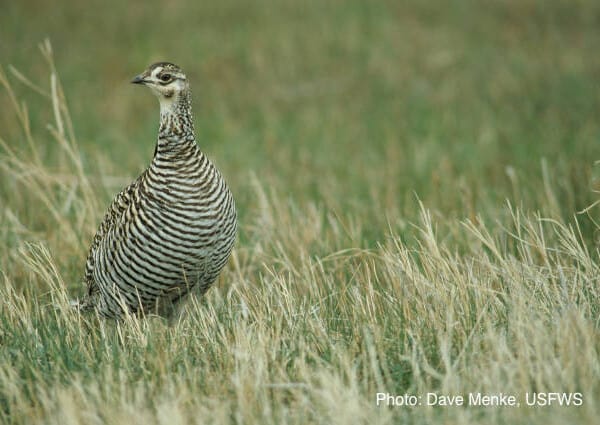
Publication Alert
Spatial Technology Reveals Early Warning Signs of Large-Scale Woody Encroachment Threat to Greater Prairie-Chickens
December 28, 2021
Research provides early warning signal for landscapes transitioning from grasslands to ...
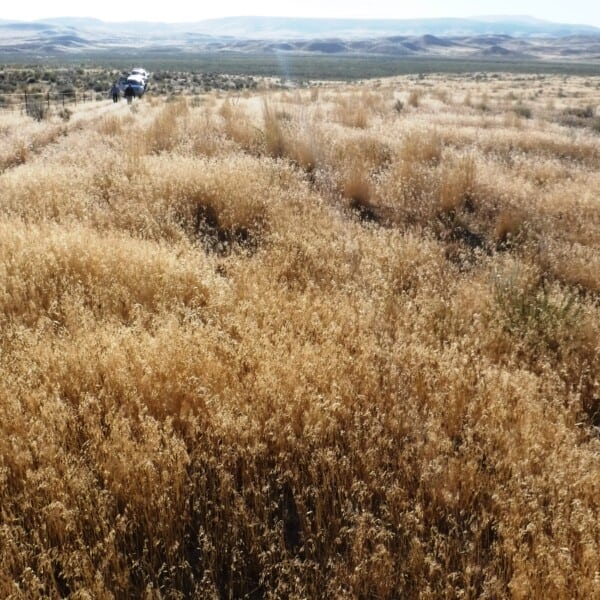
Publication Alert
Publication Alert: Annual Invasive Grasses Spreading Through Great Basin to Higher Elevations and Northern Aspects
November 23, 2021
Working Lands for Wildlife research is showing that annual invasive grasses are moving up in elevation and to more northern aspects throughout the Great ...
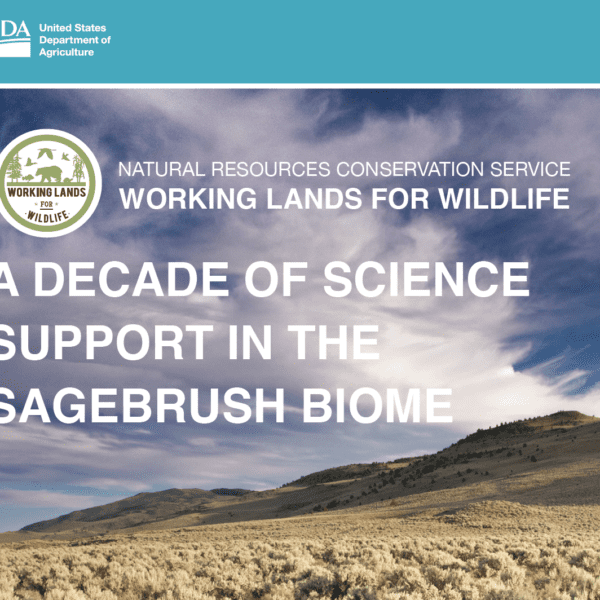
News
A Decade of Science Support in the Sagebrush Biome
September 30, 2021
A new report summarizes - in one place - more than a decade of WLFW science support that NRCS staff and partners can incorporate into their future ...
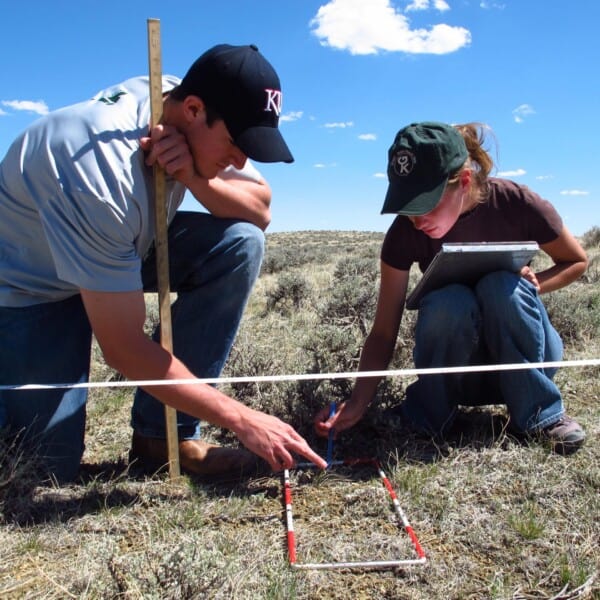
News
Ask an Expert | The Science Behind Private Lands Conservation: A Conversation with Dr. David Naugle, Working Lands for Wildlife Science Advisor
January 21, 2020
Learn more about WLFW's approach to science, how the coproduction of science benefits private-lands conservation and what's next for the Western WLFW science ...
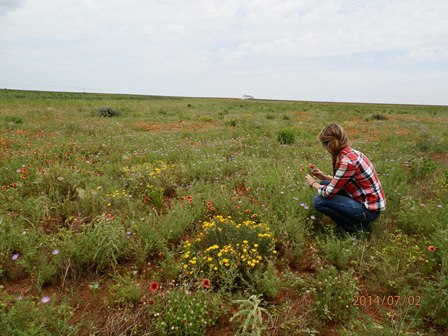
News
Conserving prairies for chickens helps millions of songbirds too
July 18, 2019
Science to Solutions | New research shows that implementing conservation practices like prescribed grazing increases songbird populations in the southern Great Plains, while ...
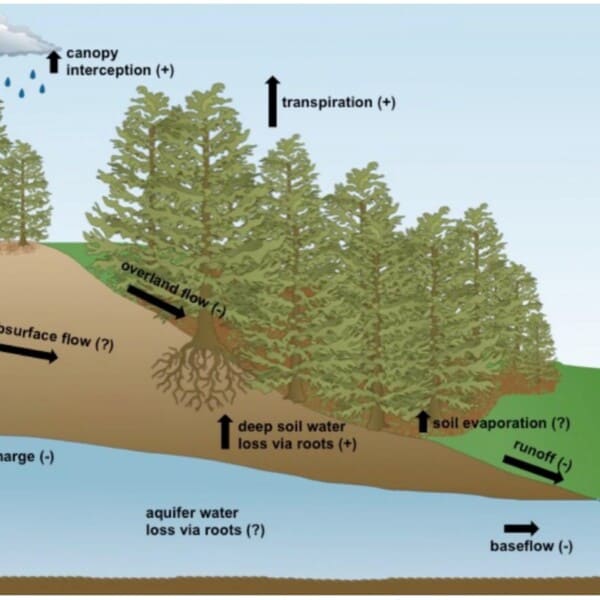
Science to Solutions
Woody Invasion in the Great Plains Diminishes Water Resources
March 26, 2019
Research details impacts to water from encroaching eastern redcedar and other conifers on landscapes in the Great ...
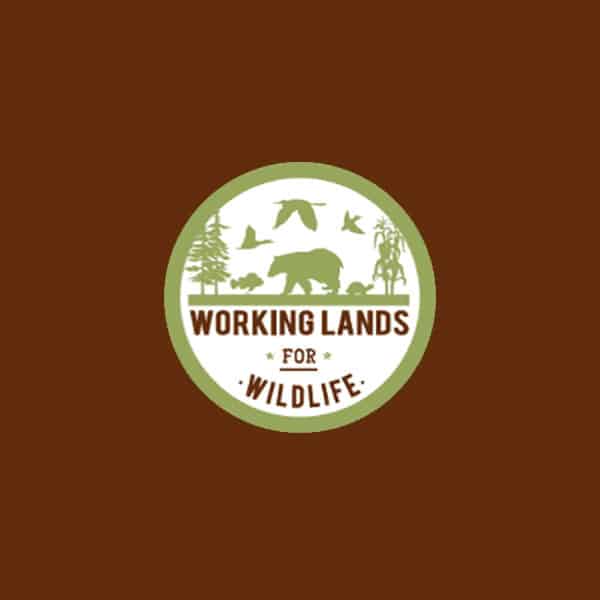
News
Patterns in Rangeland Productivity and Land Ownership and What They Mean for Conservation
March 6, 2019
Ask an Expert: Dr. Brady Allred, Associate Professor of Rangeland Ecology, University of Montana | Patterns in Rangeland Productivity and Land Ownership and What They Mean for ...
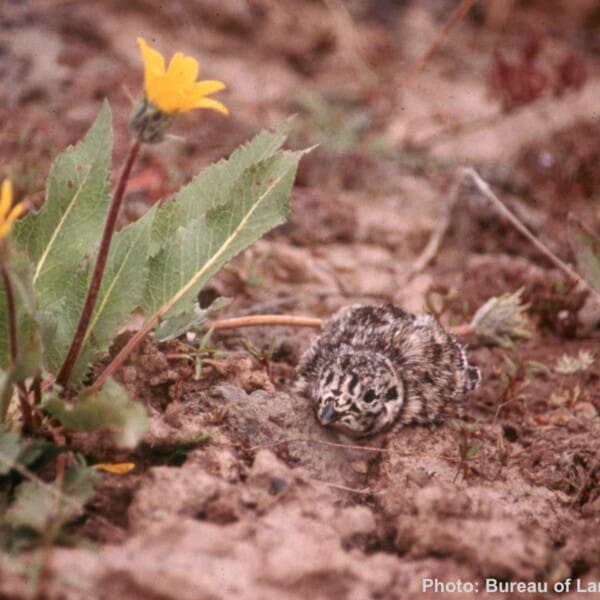
News
Grazed Rangelands Produce Sage Grouse Chicks’ Preferred Food
November 26, 2018
New research shows that grazing lands grow more bugs for birds to ...
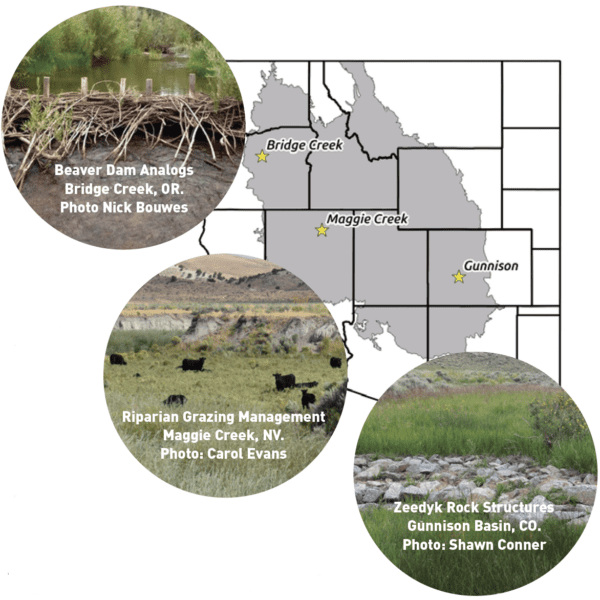
News
Low-Tech Riparian And Meadow Restoration Keeps Rangelands Greener Longer
October 8, 2018
New research shows low-tech restoration methods increased vegetation productivity by 25% and kept plants greener longer, resulting in greater ...
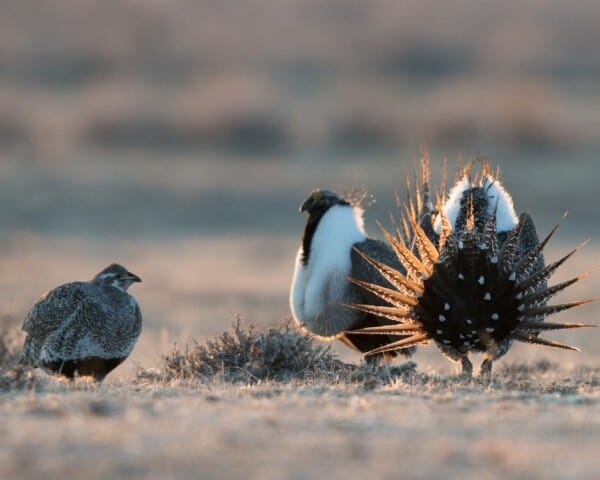
News
NEW SCIENCE: Visualizing Sage Grouse Habitat As “Hubs & Spokes”
May 17, 2018
New research helps prioritize sage grouse conservation by ranking the importance of leks to the species' overall genetic connectivity across the range, likening certain areas ...
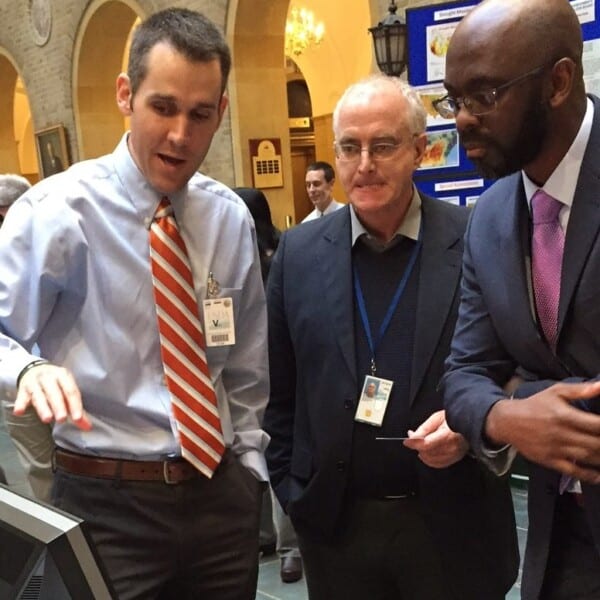
News
Harnessing Technology Improves Conservation Effectiveness
March 20, 2018
Innovative Web App increases conservation effectiveness on working lands in the American West by matching the right practices to the right places using emerging science and ...

News
Research Says, Adjusting Grazing Practices Can Improve Prairie-Chicken Habitat
February 27, 2018
SCIENCE TO SOLUTIONS: A new study by researchers at Kansas State University identifies specific grazing practices that create the varied grassland habitat structure that ...

News
30 Videos Now Available on Science & Management in Sagebrush Country
February 15, 2018
View free, on-demand replays on YouTube of educational presentations about the science and management of sagebrush ...
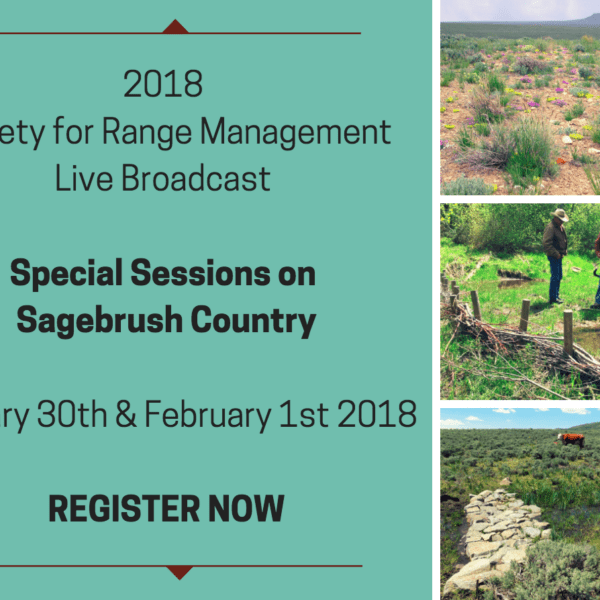
News
Free Live-Broadcast of Special Symposia from Society for Range Management Conference
January 12, 2018
When: Jan 30 & Feb 1, 2018 Hosts: NRCS-SGI, IWJV, BLM, SRM, USU Watch free on-demand replays of the presentations ...

News
Patch-Burn Grazing Fires Up Prairie-Chicken Habitat
January 3, 2018
SCIENCE TO SOLUTIONS: Hot off the press! New research shows that patch-burn grazing creates the mosaic of grassland habitat structure that prairie-chickens depend on. LPCI's ...

News
Taking the Bias Out of Sage Grouse Nesting Studies
November 27, 2017
This new Science to Solutions shows that grass height may not be as crucial to nesting success as previously thought, since hatched nests are measured later than failed ...
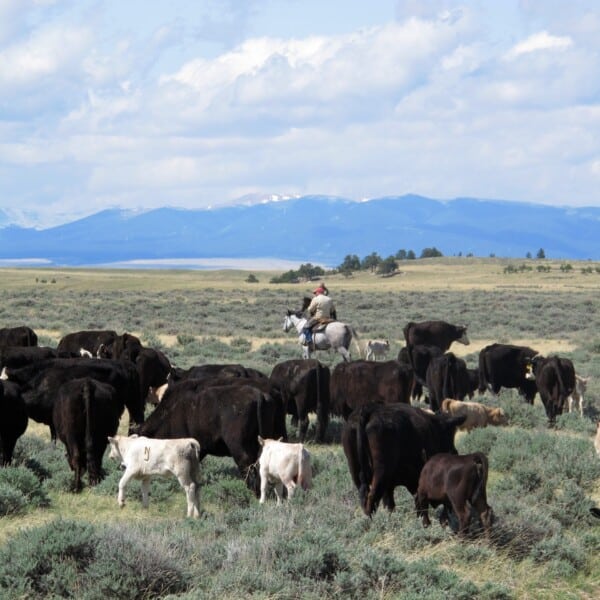
News
Journal Of Wildlife Management Study: Grazing Shows Little Effect On Grouse Nesting
October 31, 2017
by David Frey, for The Wildlife Society | A study in Montana found livestock grazing management doesn’t have as strong a link with sage grouse nest success as previously ...

News
Prairie Grouse Meeting Showcases Latest Prairie-Chicken Research
October 25, 2017
LPCI PRESS RELEASE: Emerging research on lesser prairie-chickens took center stage last week at the 32nd annual Prairie Grouse Technical Council meeting in Dickinson, North ...

News
BEEF Magazine | Rest-Rotation Grazing Helps Sage Grouse Survival
October 16, 2017
Pastures that use Sage Grouse Initiative rest-rotation grazing programs produce plentiful bugs, which is a good deal for cattle and sage grouse ...
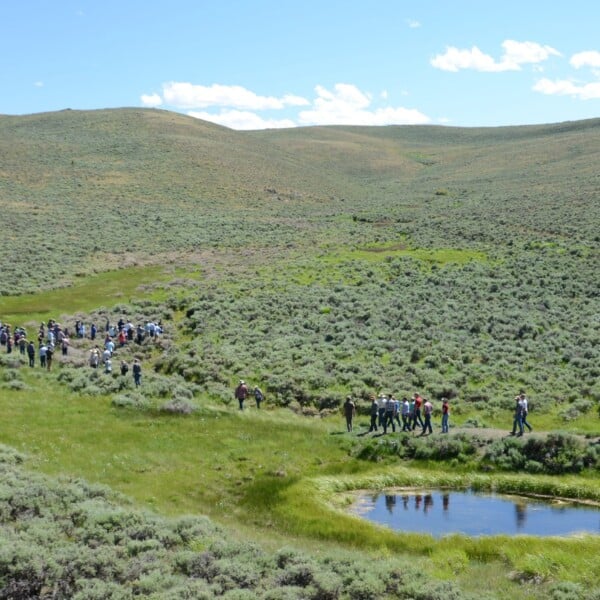
News
New Framework Helps Plan Next Generation Of Sagebrush Restoration
August 2, 2017
Innovative new research on conifer removal spans the life cycle of sage grouse, helping managers increase the efficiency of future work to restore sagebrush ...
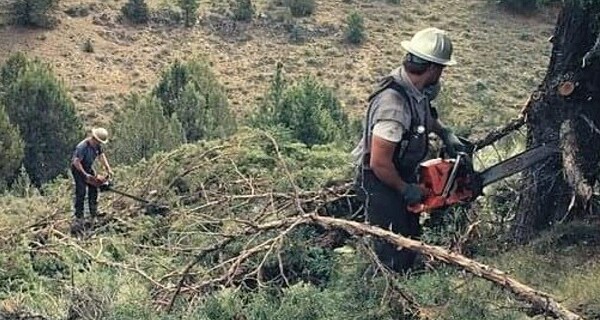
News
Latest Science Reveals Most Effective Conifer Removal Treatments
July 13, 2017
New research on conifer cutting and prescribed burning helps resource managers and landowners plan sagebrush conservation projects that deliver the best results for the bird ...
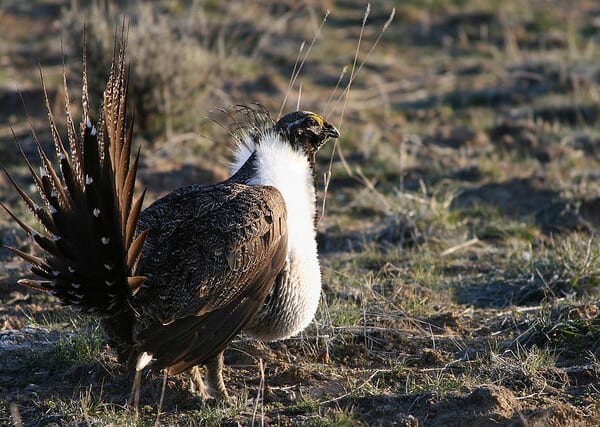
News
New Science: Sage Grouse Population Increases When Western Juniper Pushed Back
April 27, 2017
A new study funded in part by the NRCS-led Sage Grouse Initiative found that survival rates of both female sage grouse and their nests increased where encroaching juniper ...
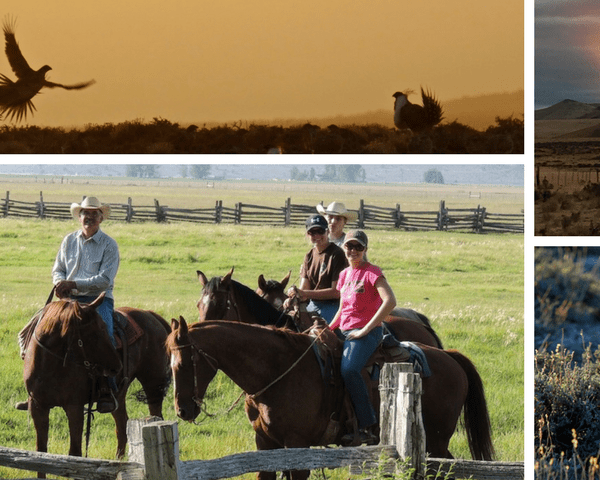
News
New USFWS Collaboration Expands Science Tools To Sage-Steppe
April 10, 2017
Thanks to partners like the USFWS, the outlook is brighter for maintaining intact, healthy sagebrush habitat for 350+ species and the hundreds of communities that depend on ...
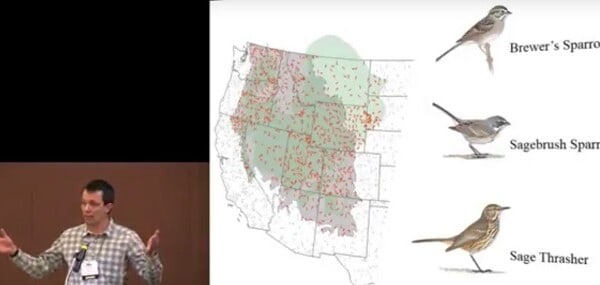
News
Now Available! Online Replay Of Scientific Presentations On Woodland Expansion
February 21, 2017
Watch free 20-minute presentations featuring the latest science on how removing invading conifers boosts water availability, forage production, and grouse ...
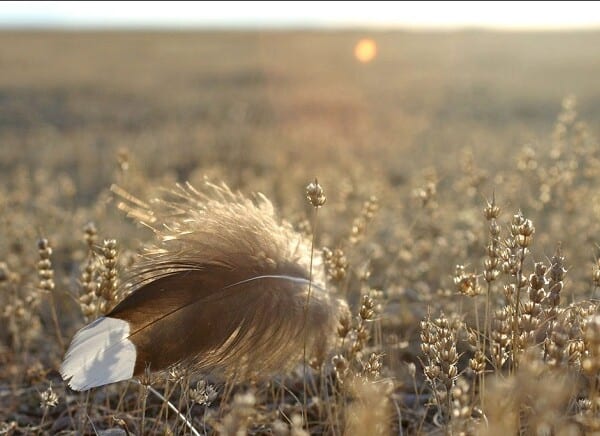
News
Brave Sage Grouse Strike Out Solo Over Long Distances
February 9, 2017
New research shows that a few individual greater sage-grouse travel more widely travel than anyone suspected, which makes the overall population ...

News
Conifer Removal Boosts Sage Grouse Success
January 26, 2017
New research shows that 86% of hens avoided nesting in sagebrush habitat invaded by conifers. Luckily, the studies also show that removing conifers in otherwise high-quality ...
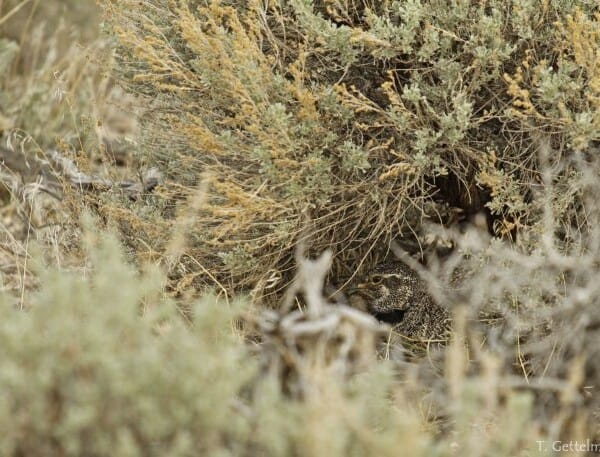
News
New Research Finds That Sage Grouse Prefer Nesting In Conifer-Free Landscapes
November 10, 2016
Scientists tracked sage grouse nest success in southern Oregon, and found that hens avoided sites where conifer cover exceeded 3% within 800m of their ...
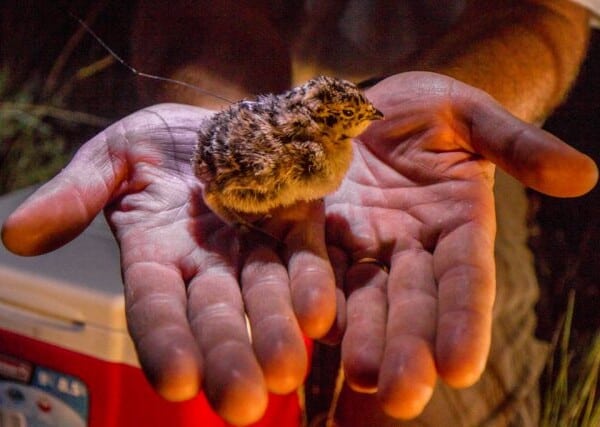
News
Tag, you’re it! How do researchers track sage grouse chicks?
November 7, 2016
Meet expert Mark Szczypinski with Montana Fish Wildlife and Parks. He tells us all about how to track sage grouse hens and their ...

News
New Research Provides Insights into Sage Grouse DNA
October 3, 2016
by Jennifer Hayes and Brianna Randall | New SGI research finds five genetic subpopulations of sage grouse in Montana and the Dakotas, which are synonymous with the existing ...

News
Report: Fence Markers Work To Prevent Sage Grouse Collisions
August 30, 2016
A new report released by the Bird Conservancy of the Rockies -- and funded by an NRCS Conservation Innovation Grant -- is the first study aimed at evaluating the efficacy of ...

News
Ask An Expert | How Does Removing Conifers Help Oregon’s Grouse?
May 31, 2016
Wildlife biologist Fozz Foster works on restoring and improving habitat in Oregon's sagebrush sea. In this 'Ask an Expert' interview, he tells SGI about how he works ...
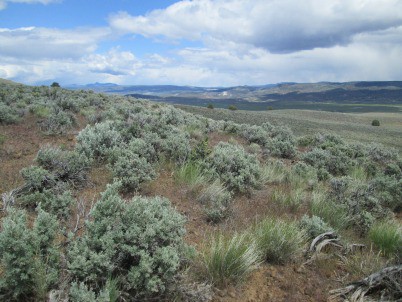
News
New Research Shows Grazing Plans Are Good for Grouse and for Bugs
August 17, 2015
Learn how Montana State University entomologist Hayes Goosey is studying "a mini-metropolis of arthropods" on five ranches in eastern Montana where the Sage Grouse Initiative ...
